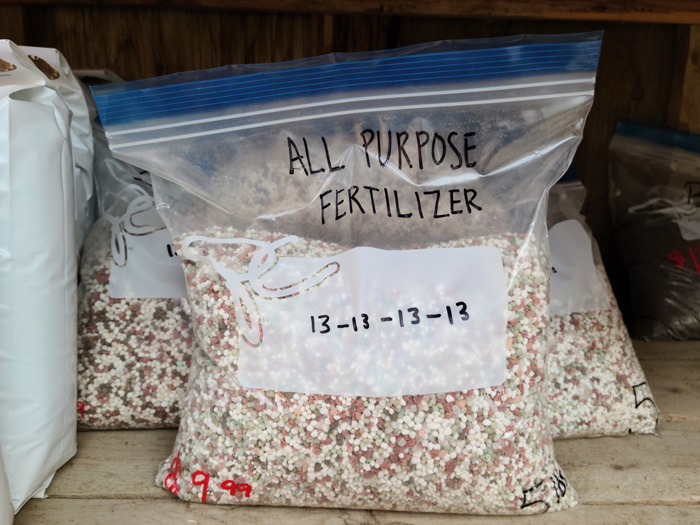I realize that many people do not fertilize their trees and shrubs much if at all after they are planted, after all plants will survive in our soil. However there is a difference between surviving and growing moderately and actually thriving. I’ve seen the vast difference between fertilizing and watering every season as opposed to letting nature take its course. It really depends on what your expectations are and what you’re willing to put into it. I’ve often said to people that plants are like pets not like furniture. There is a maintenance level here and a commitment on a regular basis to sustain healthy life. And one of those commitments is fertilizing.
Fertilizing can happen basically two times in a year. The first time is to fertilize once in late in October or early November. This will encourage new growth come spring when the tree comes out of hibernation. The other time will render the same results just at a different time in the year. Fertilize once early in spring along with a lighter dose in late spring. We are now at the end of the window for fertilizing until October. You can fertilize up until mid-July and then stop because you do not want to encourage growth that will not harden up in time for winter.
Vigorous growth that comes too late in the fall can freeze off. So I would do a light fertilizing on anything that you would like to boost. But you must water in the fertilizer well so it it’s in the roots zone. For trees and shrubs we recommend quadruple 13 which gives you 4 elements of equal and moderate amount. I equated it to a multivitamin. You’re covering something of everything. So the timing in this blog is everything. If you want to fertilize for this year’s growth season this is your last chance. I recommend following the instructions and going light rather than heavy at this time of the year. I prefer going light multiple times rather than heavy to avoid an overdose or toxic burns.
If you want optimum growth rates please consider keeping the grass and weeds out of the plants space. Having a dyke to collect the water in is key to making sure your tree is actually getting enough water. A dyke of about 3 inches tall all the way around the plant will do, this will make sure the tree isn’t sharing its water with the grass. The tree should be free of weeds for a three or four foot circle and the dike should be the outside border of that circle. And lastly fertilize every spring or late fall to give the plant optimum opportunity. Fertilizing and watering can be done on any size plant or tree but is particularly important in establishing the first 5 years.




